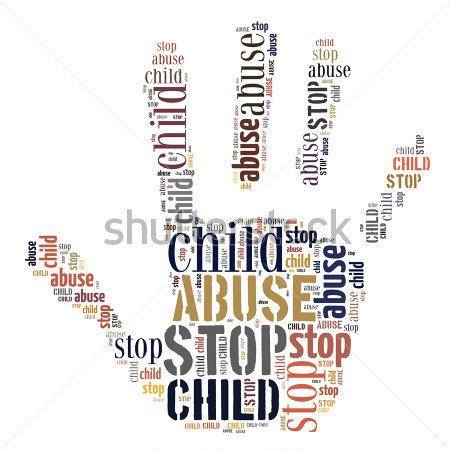Here’s a somber statistic: Individuals with intellectual and developmental disabilities are far more likely to be abused by someone they know than a stranger.
Abuse is any behavior that is unwanted, intentionally harmful, demeaning or insulting, or causes the victim to be afraid. This may include physical violence, sexual assault, bullying, emotional maltreatment or neglect.
Sadly, because an individual with intellectual and developmental disability may be perceived as an “easy target,” the likelihood of abuse is four to 10 times higher than in typically developing peers. The abuse is more likely to occur repeatedly, over longer periods of time, and is presumed to be underrecognized and underreported.*
Alyssa Siegel, MD, offers parents and guardians tips to keep children with special needs safer from abuse, how to prevent abuse, and what to do if your child does suffer from abuse.
Be familiar with your child’s contacts
Get to know all individuals working with your child, including those working in your home, at school, therapy sessions and recreational activities. For caregivers or therapists that you are hiring privately, gather as much information as possible, including educational, employment and criminal history.
If they have previously worked for reputable institutions, it is likely that thorough background checks were done at that time. Investigate references to assure satisfaction in previous employment and departure on good terms. If the position requires professional certification, verify authentic licensure. Be sure that the prospective hire can explain any time gaps on their resume.
For center-based staff, including teachers, make impromptu visits and observe interactions before your child knows you are present.
Educate your child early
Talk to your child about boundaries regarding words and touch. Revisit important concepts as your child’s developmental ability and level of understanding changes. Outline the roles of the adults in your child’s life and explain how they are expected to speak and behave with your child.
Review forms of discipline, who can impose a punishment, and what types of punishments are acceptable. Review the correct names of body parts. Indicate which body parts are private and when/where touching is OK. Talk about when and where it is OK to remove clothing or show private body parts.
Recently, pictures demonstrating acts of abuse and sexual anatomy have been added to some communication boards used by non-verbal individuals to help them understand and disclose acts of abuse.
Describe sexual abuse in its different forms
This includes inappropriate talk, touch, or showing of pictures, as well as being asked or forced to say, show, or do something that is uncomfortable. Be sure to discuss that unwanted behavior can come from a known individual or a stranger. Talk about how to recognize whether sexual feelings are mutual or one-sided. Explain your child’s domain over their own body and their right to say “No” to anything that feels intrusive.
Promote a ‘no secrets’ policy at home
Create a comfortable and supportive environment for your child to communicate openly. As your child gets older, this should include open discussions about romantic feelings, sexual urges, and relationships. Reinforce that being the victim of unwanted behavior is NOT a secret, even if they have promised not to tell.
Recognize signs of abuse
Evidence of abuse may be either physical or behavioral. Be sure that there is a plausible explanation for any skin markings or bruises, broken bones or head injury. Behavior changes may be subtle and non-specific, but changes in mood, eating habits or sleep, avoidance of school or social situations, or change in response to a specific place or individual may be worrisome.
Abuse may also cause a halt or regression in academic or social progress. Do not accept the suggestion that unusual new behaviors are “part of Down syndrome.” If you are concerned, or not quite sure if you should be, speak to your primary care physician for immediate guidance.
Don’t underestimate the value of public advocacy
Advocacy organizations, such as The Arc, strive to educate families and the general public about issues important to individuals with Down syndrome and are champions for improved public policy at federal and local levels. The community of parents, medical, legal and educational professionals that dedicate their efforts to exposing and addressing abuse in this population should continue to receive support.
Ever-increasing opportunities for self-advocacy have also empowered teens and young adults with Down syndrome to show the world their strengths and hear their voices. These efforts help to diminish the perceived imbalance of power that abusers exploit as they target individuals with Down syndrome.
* AUTHOR’S NOTE: Information regarding abuse of victims with intellectual and developmental disability is not further subdivided to isolate individuals with Down syndrome. Individuals with Down syndrome are statistically more likely to live with family members than in residential facilities, perhaps conferring a safer environment, hence a lower risk for abuse, than the broader constituency.
Additional resources
- The Arc: Abuse of Children with Intellectual Disability
- Disability Justice: Abuse and Exploitation of People with Developmental Disabilities
Alyssa Siegel, MD, is an attending physician at Children’s Hospital of Philadelphia, providing primary care to children and adolescents.


